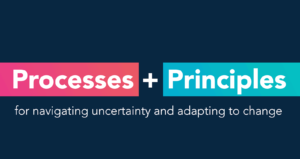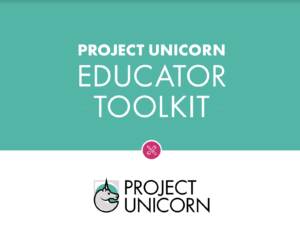10 Frames for Education: A Case for Options
 The cacophony that is U.S. public education is a function of overlapping frames—the variety of aims and perspectives from which stakeholders approach the ‘system.’ Following is a list of ten dominant frames:
The cacophony that is U.S. public education is a function of overlapping frames—the variety of aims and perspectives from which stakeholders approach the ‘system.’ Following is a list of ten dominant frames:
1. Workforce development: the 21st century skills folks are primarily concerned with preparing a larger percentage of students for emerging job clusters.
2. Civic prep: a few reformers and civic leaders prioritize preparation for citizenship. Some emphasize service learning, some civics knowledge, and some democratic participation.
3. Social justice: civil rights leaders and advocates for social justice understand the importance of education in providing equal opportunity to participate in the idea economy and democracy.
4. Standards: all kids college ready has been the dominant frame for a decade. Supporters of high expectations come from the first three frames: workforce, civics, and social justice. Talented leaders draw from all three categories in the development of a common intellectual mission for their schools.
5. States assessments: tests are administrative embodiment of state standards and the practical pedagogical frame for most U.S. schools. In states that take accountability seriously, we could add the rules and reports of that system to this frame.
6. Youth development: some place academic goals within a broader framework of human development and in doing so emphasize social and emotional health.
7. Employment: employee groups engage with districts and states as employers. In many cities, the school district is the largest employer. In some urban areas, working in schools provided a viable path to the middle class.
8. Market: vendors see a $650 marketplace and the potential to provide products and services to schools as well as parents.
9. Custodial services: in addition to academic outcomes, many parents value the custodial role of schools—a safe place to send them most days.
10. Tax payer: American schools are funded by a mixture of state and local taxes. Where directly tied to a specific property tax levy, voters exercise direct control over school budgets.
We each approach schools with a unique point of view. Many of us mix and match frames. Some of these assembled view points become a dominant meta-frame across a geography for a period of time.
The complexity and diversity of these frames makes it a challenge to serve as a school or system head. It’s not only political differences (although they may be substantial), it’s that we all approach the ‘system’ with a substantially different frame of reference and that meta-frames are dynamic with economic and demographic changes.
To these frames we could add attitudes—often shaped by our personal experience. A parent that was successful in school will bring a different attitude and frame to school than a parent who did not finish school and whose family has never been well served by public education. Frames of reference obviously shift with life circumstances.
The ninth frame could be expanded to cover the parent’s role in education. Some parents take on full responsibility and educate at home. Others demand faith-centered education and seek a school with a similar worldview.
Simply recognizing the multi-dimensional diversity of perspectives in each of our communities is an important starting place. For school and district leaders, an open system of communication (listening as well as pushing information) is key to interacting with people with different frames and aims. When it comes to administering a public delivery system, enabling a portfolio of educational options with a few common goals is the best way to accommodate the different frames and aims we each bring to school.
This blog first appeared on Huffington Post. For more on a portfolio of options see:
- Good Urban Schools: A Portfolio Approach (a blog about a paper I wrote with Jim Shelton in 2004)
- More Urban Districts Adopt a Portfolio Strategy (June 2010)
- Portfolio Strategy Goes Mainframe: A CRPE Report (Oct 2010)






0 Comments
Leave a Comment
Your email address will not be published. All fields are required.